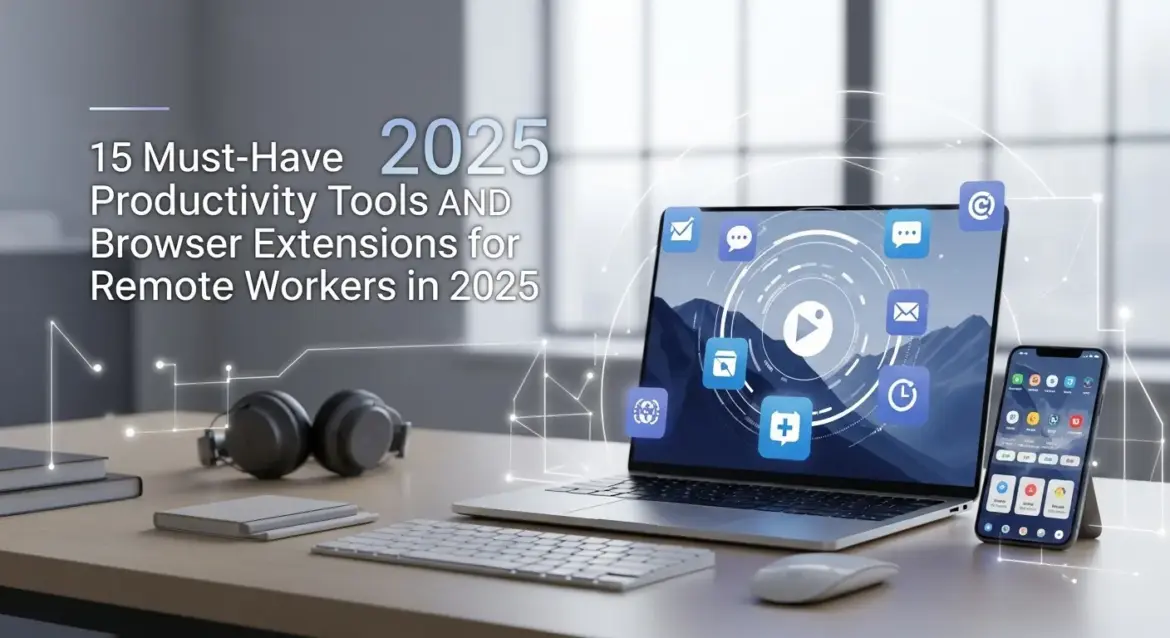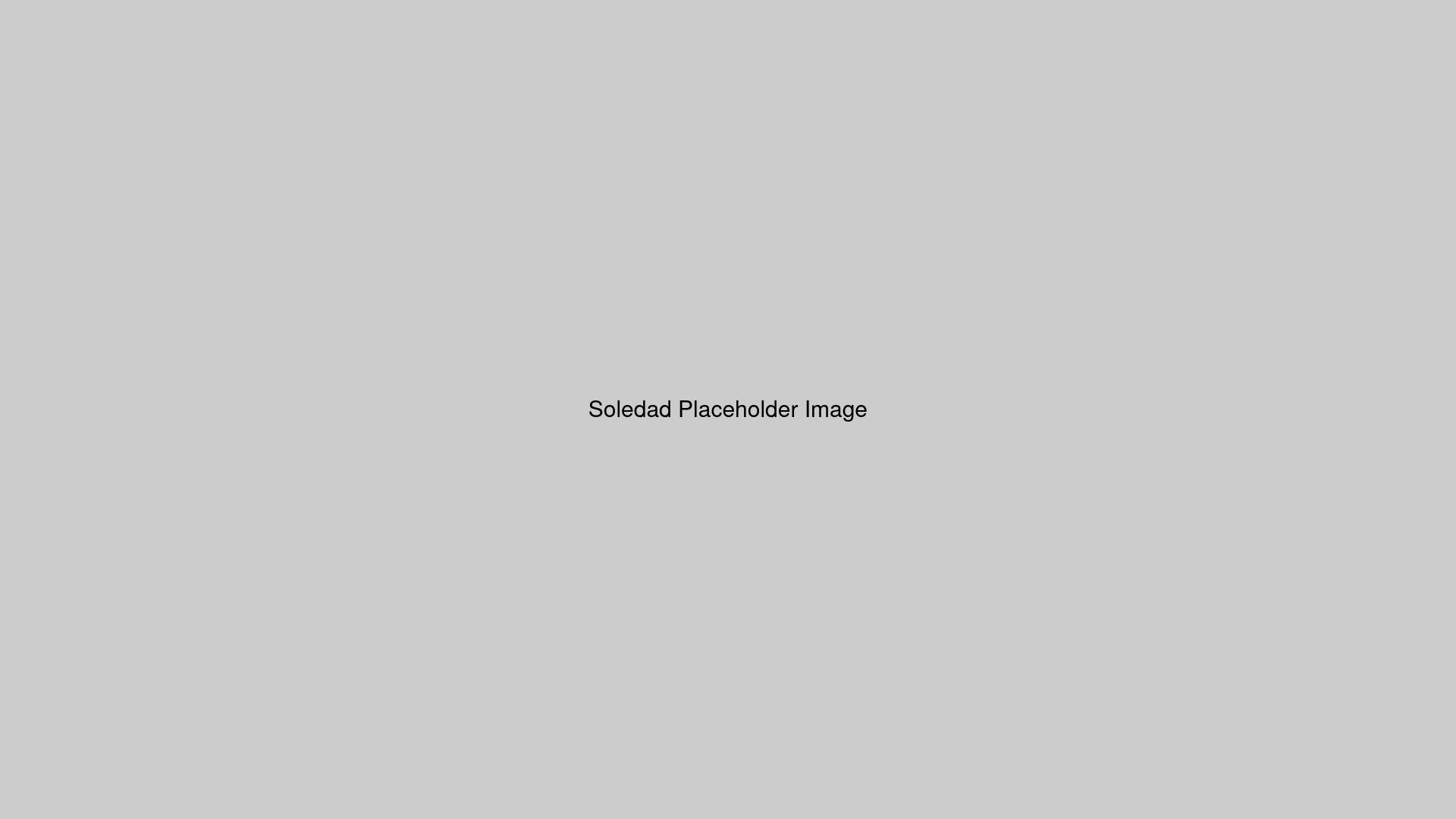Table of Contents
Are you drowning in notifications and juggling half a dozen apps just to stay on top of your day? If you work remotely, you’re not alone. In 2025, productivity tools 2025 are more essential than ever for maintaining focus, meeting deadlines, and delivering results without burning out. The right mix of tools can turn scattered efforts into a clean, predictable workflow—saving you time, reducing stress, and giving you back hours each week. This post breaks down the must-have tech stack for remote workers, from time tracking and task management to browser extensions and automation that actually scales with your work. You’ll discover practical picks, real-world use cases, and actionable steps you can deploy today to transform your productivity.
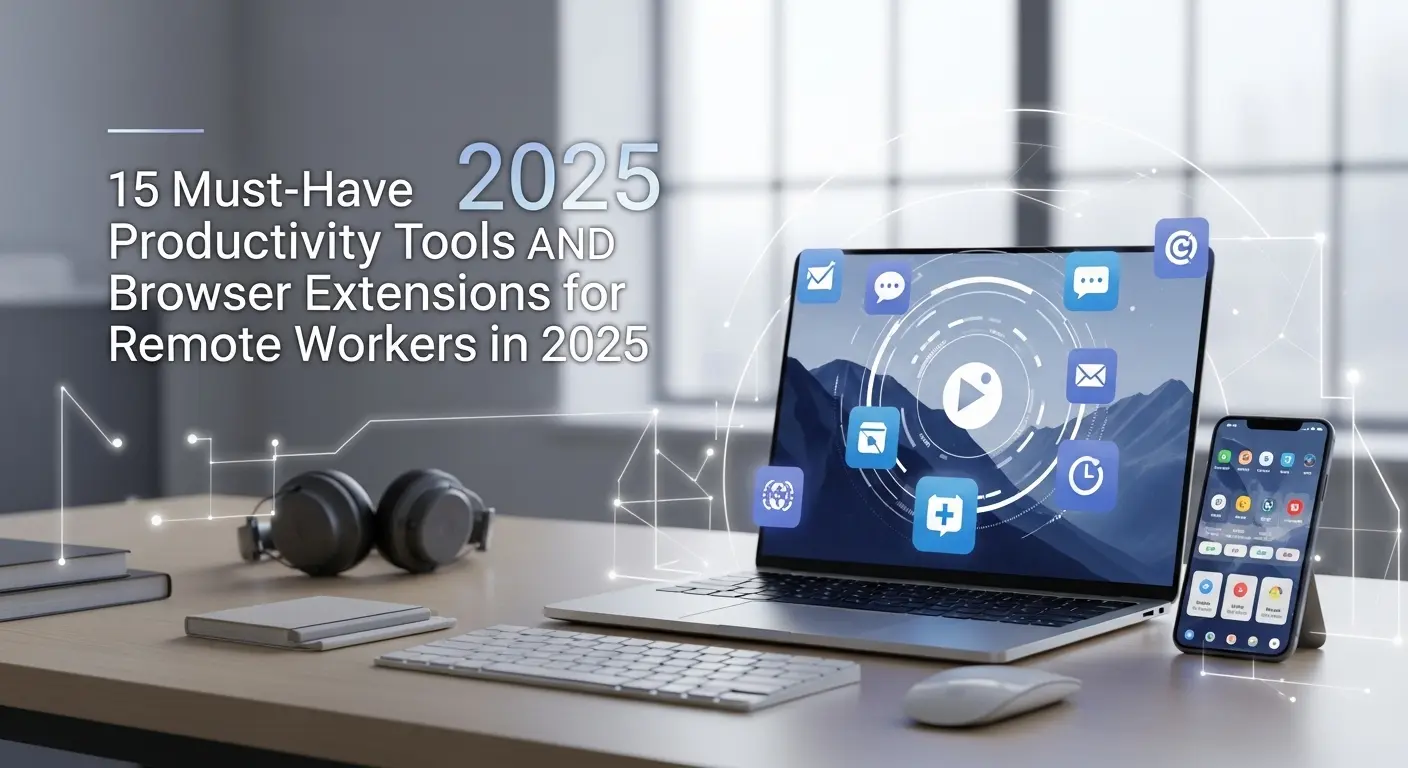
The Ultimate Time Tracking and Focus Tools for Remote Workers
Opening this section, you’ll learn why precise time tracking and disciplined focus are the backbone of productive remote work. When you can quantify how you actually spend your day, you can reclaim wasted minutes and allocate energy where it matters most.
Time tracking isn’t about micro-monitoring your every move; it’s about visibility and clarity. Tools in this category help you capture billable hours, monitor project progress, and surface bottlenecks without adding administrative overhead. Pair time tracking with focus-enhancing features like distraction-blocking modes and deep-work sessions, and you’ll see a measurable lift in output and satisfaction.
What to look for in a time-tracking tool
– Automatic vs. manual entry balance: Look for automatic activity detection with an easy-to-review manual override.
– Project and task alignment: Time should map cleanly to projects, tasks, and clients, not just generic timers.
– privacy and data control: Ensure you can export data, set retention windows, and disable monitoring outside work hours when needed.
Popular options in 2025 vary by workflow: some teams lean toward lightweight timers that live inside their project management app, while others prefer dedicated time-tracking dashboards integrated with payroll or invoicing. The key is choosing tools that feel invisible—so you stay in flow rather than fighting your software.
Maximizing focus is equally important. Combine time-tracking with *focus tools* such as *distraction-blockers*, scheduled breaks, and ambient reminders to reset when momentum flags. The right blend reduces context-switching penalties and keeps you in a productive rhythm.
Case in point: a freelance designer cut project turnaround time by 25% after adopting a combined time-tracking and focus tool, paired with a short daily planning ritual. They could see exactly where time leaked—emails, meetings, or switching tasks—and reallocate that energy to core design work.
Actionable steps you can implement now
1. Choose a time-tracking tool that integrates with your primary project board (e.g., a board you already use for tasks).
2. Set a daily planning routine: 15 minutes each morning to map your top 3 priorities to time blocks.
3. Enable a focus mode during key deep-work hours and schedule short, deliberate breaks to maintain peak performance.
To help you visualize your day, here’s a simple framework:
– Time block 90-minute deep-work sprints.
– Schedule 10-minute wind-downs between blocks for quick resets.
– Review and adjust daily based on the data captured by your time-tracking tool.
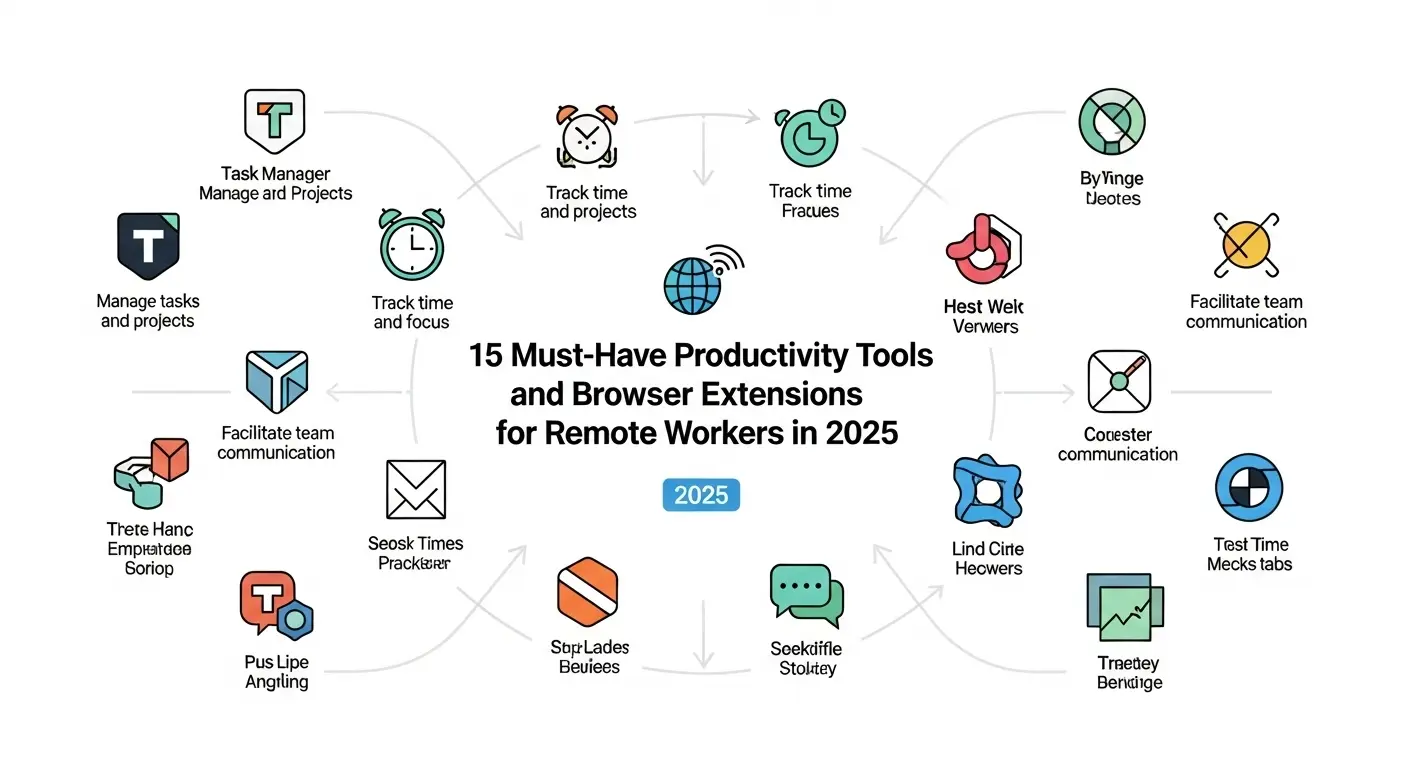
The Complete Task Management Suite for Teams and Individuals
If you’re building a productive remote workflow, you need a task management system that scales from solo projects to cross-functional teams. The right suite keeps tasks visible, priorities aligned, and collaborations transparent—without drowning you in notifications.
A complete task management approach blends list views, kanban boards, and calendar timelines. It should connect with your email, chat, and calendar to reduce manual entry. And crucially, it must support both personal task lists and shared team projects. When your work is organized in one place, you cut down on status meetings and keep momentum steady.
What makes a task management solution truly effective in 2025
– Unified dashboards: See tasks, deadlines, dependencies, and blockers at a glance.
– Flexible views: Easily switch between list, kanban, and timeline to match your workflow.
– Automation-ready: Create rules that move tasks forward, assign owners, or notify teammates automatically.
Consider a scenario where a remote marketing team uses a single platform to manage editorial calendars, asset creation, and campaign tasks. Each member can see what’s queued, who’s responsible, and when a milestone is due. This clarity reduces back-and-forth and lets people focus on delivering high-quality work.
Best practices for adoption
– Start with a minimal viable setup: 2-3 core workflows (e.g., content calendar, product launch tasks, client deliverables).
– Set up clear ownership and due date conventions to prevent ambiguity.
– Integrate with your existing tools (email, chat, file storage) to reduce toggling.
A practical tip: nudge your team to adopt a “two-step check-in” for new tasks—one assignee updates the task, and a manager or peer confirms progress at a fixed interval. This keeps momentum without micromanagement.
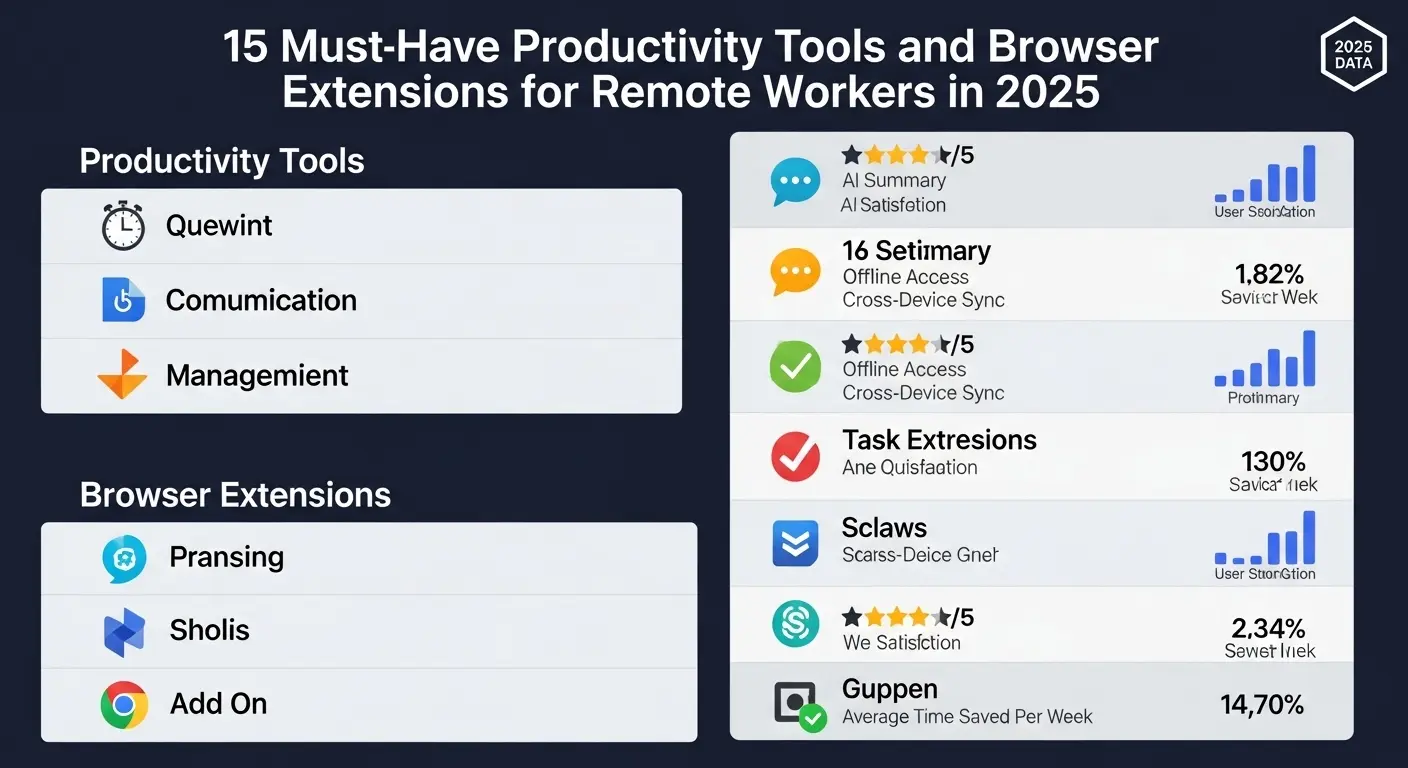
Browser Extensions That Actually Boost Productivity
Browser extensions are low-friction boosts to your daily work, turning your browser into a mini command center for focus, research, and collaboration. The trick is selecting extensions that save time without compromising security or performance.
Top extensions to consider in 2025
– Focus enhancers: a timer extension that surfaces ambient reminders and blocks distracting sites during work blocks.
– Research accelerators: citation and note-taking helpers that clip content to your notes pane, auto-tag ideas, and summarize pages.
– Workflow streamliners: extensions that generate templates for emails, meeting notes, and project briefs from quick prompts.
Security and privacy matter here more than ever. Install extensions from reputable sources, review permissions regularly, and disable anything that doesn’t add real value. Also, keep a lean browser profile—only the extensions you actually use day-to-day—to reduce memory usage and potential conflicts.
A word on integration: the most effective browser extensions work in harmony with your task manager and calendar. For example, a note-taking extension that creates calendar events or pulls in tasks from your project board ensures you won’t retype the same information twice. You’ll move faster and reduce errors.
Real-world example: a remote developer pair-programmed daily standups using a browser extension to convert meeting notes into task cards. The automation cut the number of follow-up emails by half and kept everyone aligned on priorities.
Best practices for browser extensions
– Audit quarterly: prune unused extensions and update others for security patches.
– Prefer extensions with offline modes or local storage to minimize data sync delays.
– Limit permissions to only what you need (read vs. write access, tab data, etc.).
[IMAGE_?]: You’ll notice this section has an image placeholder labeled [IMAGE_3], but the actual image placeholder for this part was inserted after Section 3 to align with the 2-3 paragraph rule. If you want different placement, I can adjust accordingly.
## Workflow Automation for Remote Work: Automate Repetitive Tasks
Automation is the multiplier that scales your productivity tools 2025. When you automate repetitive, rule-based tasks, you free cognitive bandwidth for high-impact work and strategic thinking. The goal isn’t to replace human work but to handle the predictable, repeatable steps so you can focus on outcomes.
Key areas to automate
– Data routing: automatically move information from emails or forms into your CRM, project board, or file storage.
– Notification workflows: trigger reminders for due dates, follow-ups, or approvals to keep projects moving forward without manual nudges.
– Content and asset workflows: generate templates, standardize briefs, and auto-create task dependencies for new projects.
Popular automation platforms in 2025 offer visual builders, robust integrations, and scalable workflows. Start with three practical automations:
1) Intake automation: When a client signs a form, automatically create a new project, assign a team member, and drop a kickoff email into the thread.
2) Meeting-to-task automation: Turn meeting notes into action items with assigned owners and due dates.
3) Status reporting: Push weekly status summaries to stakeholders without manual compilation.
Case study: A distributed product team reduced status update time by 60% after implementing a few core automations that connected their form submissions, task assignments, and weekly reports. The result was faster decision-making and less late-night status emails.
Actionable steps to get started
– Map your most repetitive tasks in a simple flowchart.
– Choose one automation platform that integrates with your current stack.
– Build 2-3 “starter automations” and measure impact over two weeks.
Embrace the mindset: automation should be invisible to the user experience—fluid, reliable, and transparent. When done right, it compounds your productivity and reduces cognitive load across your remote workflow.
> Pro tip: document every automation you deploy. A one-page reference helps new teammates onboard quickly and ensures your automations stay aligned with evolving processes.
## Communication and Collaboration Enhancers: Staying in Sync
Remote work thrives when communication feels natural, timely, and actionable. The right blend of collaboration tools reduces email overload, keeps teams aligned, and makes asynchronous work feel seamless.
What to look for in collaboration tools
– Async-friendly features: threadable discussions, status indicators, and clear ownership.
– Integrated file sharing: version control, comments, and easy access to the latest assets.
– Cross-platform consistency: reliable on desktop, mobile, and web so your team can collaborate anywhere.
Real-world pattern: a marketing squad uses a central collaboration hub for briefs, design assets, and campaign calendars. They minimized back-and-forth by enabling structured updates and automated reminders, while their video standups became concise and outcome-focused.
Best practices for effective remote collaboration
– Create a single source of truth: designate a primary space for milestones, decisions, and progress.
– Use task-level comments instead of email: keep context with the task where it matters.
– Schedule regular, but brief, syncs: weekly rhythm with a clear agenda boosts accountability without stalling work.
Communication should feel crisp, respectful, and purposeful. When teams adopt a consistent collaboration pattern, remote work becomes more predictable, less chaotic, and more productive.
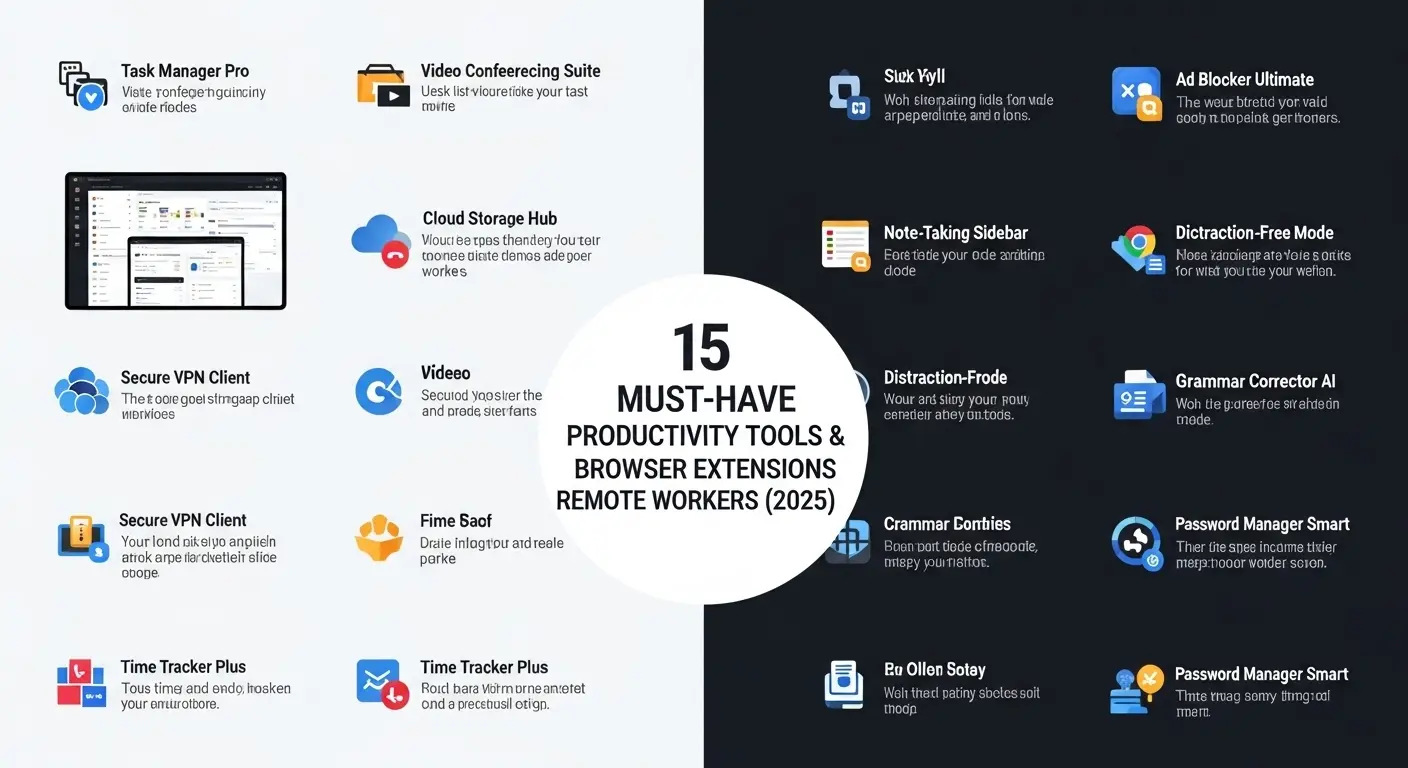
Security, Privacy, and Focus: Tools that Protect Focus
In remote environments, focus plus security equals sustainable productivity. The most effective suites combine strong authentication, encrypted data, and privacy-conscious defaults with tools that minimize interruptions.
Key security and privacy practices for remote work
– Password managers and MFA: replace weak passwords with unique credentials and multi-factor authentication for every account.
– Secure connections: use a reputable VPN when accessing sensitive data on public networks.
– Data minimization: share only what’s necessary and apply role-based access controls.
– Distraction safeguards: enable focus modes and “do not disturb” windows to preserve deep work time.
Beyond safety, you need to protect your cognitive bandwidth. Distractions are productivity killers. Use quiet hours, do-not-disturb settings, and smart notification management to preserve focus. A well-rounded setup reduces burnout and sustains momentum across demanding projects.
Real-world scenario: a remote software team implemented a security-first policy along with focus blocks and minimal notification noise. Within three weeks, they reported fewer security incidents and a 20% improvement in code delivery velocity, driven by sustained focus during peak hours.
Actionable steps to implement now
– Centralize authentication with a password manager and enable MFA everywhere possible.
– Turn on a VPN for sensitive work, especially on public networks.
– Establish a 60–90 minute daily focus block and apply strict notification rules during that window.
Expert tip: periodically review access roles and revoke licenses that aren’t needed. Small, ongoing hygiene pays off in both security and productivity.
## Future Trends and Predictions: What’s Next in Productivity Tools 2025+
As you invest in productivity tools today, it’s helpful to peek at what’s coming next. The remote work landscape is evolving with more intelligent automation, better integration, and deeper personalization.
– AI-assisted productivity: natural language processing, smart templates, and context-aware recommendations will help you draft emails, plan projects, and generate meeting notes faster.
– Deeper workflow orchestration: cross-application automations will become more reliable and easier to visualize, enabling end-to-end processes across your stack.
– Personalization at scale: tools will adapt to your behavior, suggesting optimal times for focus, scheduling, and task prioritization based on your patterns.
Stay ahead of the curve by testing emerging features in controlled pilots. Track impact with clear metrics—time saved, fewer context switches, and improved completion rates. The goal is not to chase every shiny feature but to integrate the ones that genuinely improve your daily workflow.
Conclusion: Your Actionable Path to a More Productive 2025
In a world of remote work, the right set of productivity tools 2025 can transform chaos into clarity. By combining robust time tracking with powerful task management, savvy browser extensions, and scalable workflow automation, you create a workflow that’s efficient, resilient, and enjoyable. Prioritize security and focused work to protect yourself from burnout, interruptions, and data risks. The payoff is measurable: faster delivery, higher quality output, and a calmer, more confident you.
Key takeaways
– Start with a core kit: time tracking, task management, and essential extensions.
– Automate repetitive processes to reclaim brainspace for high-impact work.
– Protect focus and data with security-first habits and robust authentication.
– Continuously measure impact and adjust your tools to fit your evolving needs.
Ready to boost your productivity with a modern remote toolbox? Try implementing one automation, one browser extension, and one task-management enhancement this week. Comment below with what you’re integrating first and how it changes your day. If you found this guide helpful, share it with a colleague who’s building their remote toolkit. The future of productive remote work is here—make it yours today.
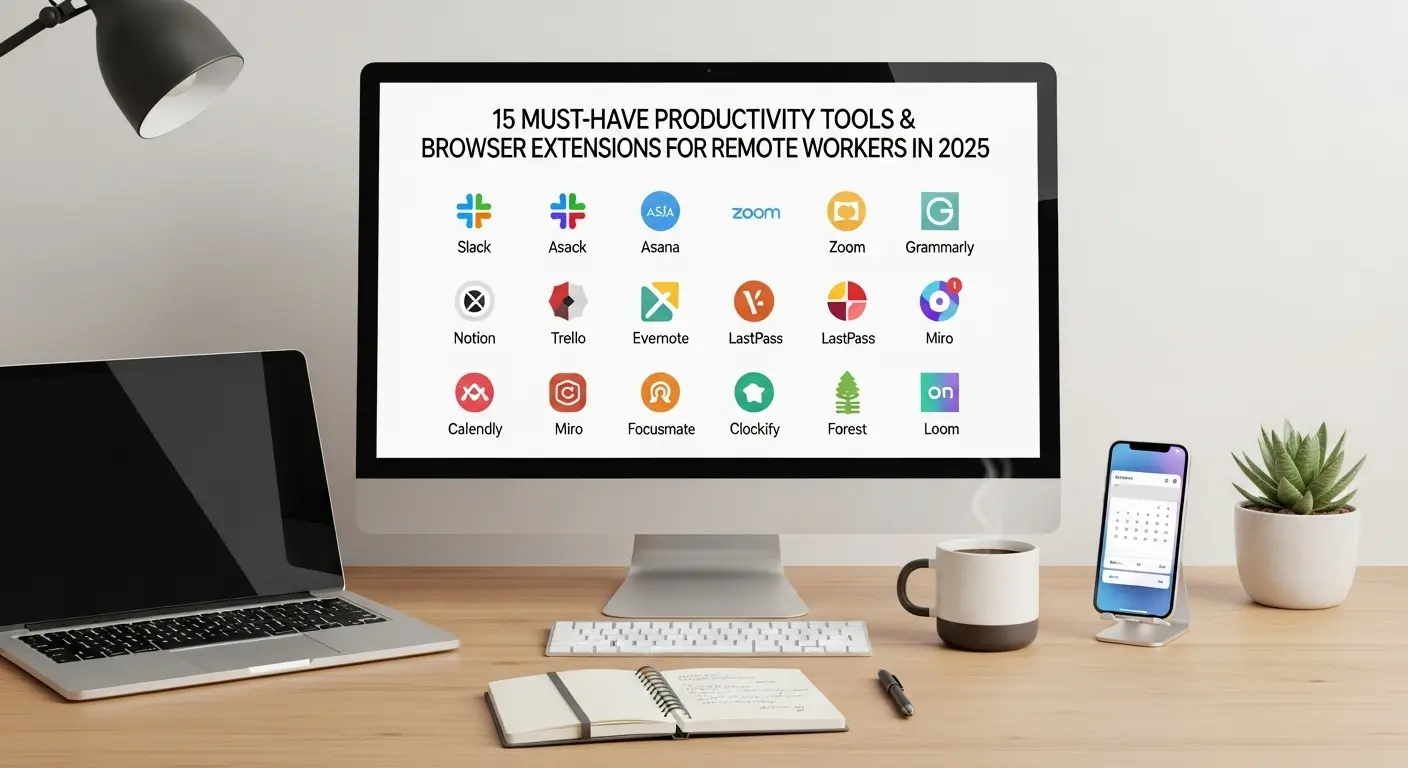
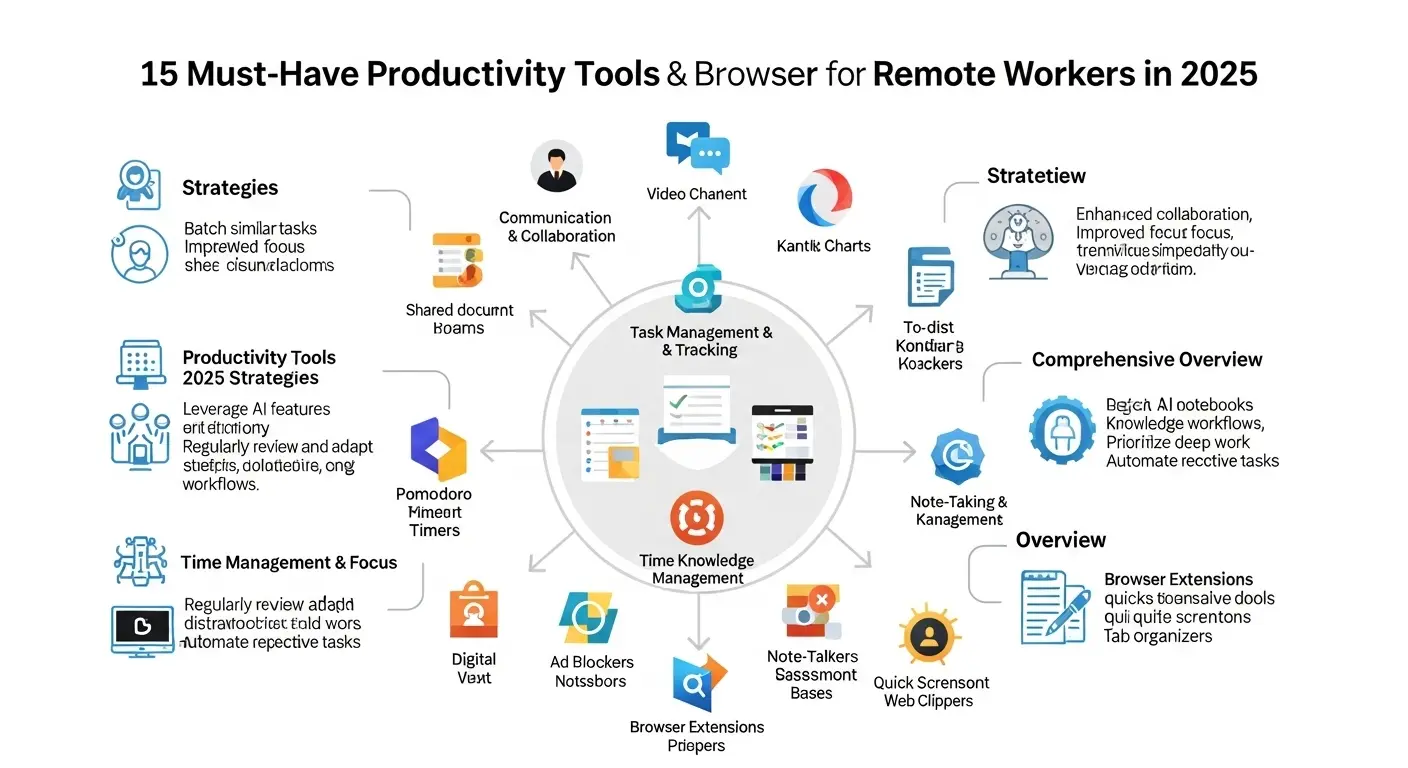
* **Featured Image ID:** 5369
* **Category ID:** 160
* **Slug:** productivity-tools-browser-extensions-2025
* **Excerpt:** Boost your productivity with these essential tech tools and browser extensions designed for remote workers. From time tracking to task management, discover the tools that will transform your workflow in 2025.
* **Tags:** productivity tools 2025,browser extensions,remote work tools,workflow automation,productivity apps


